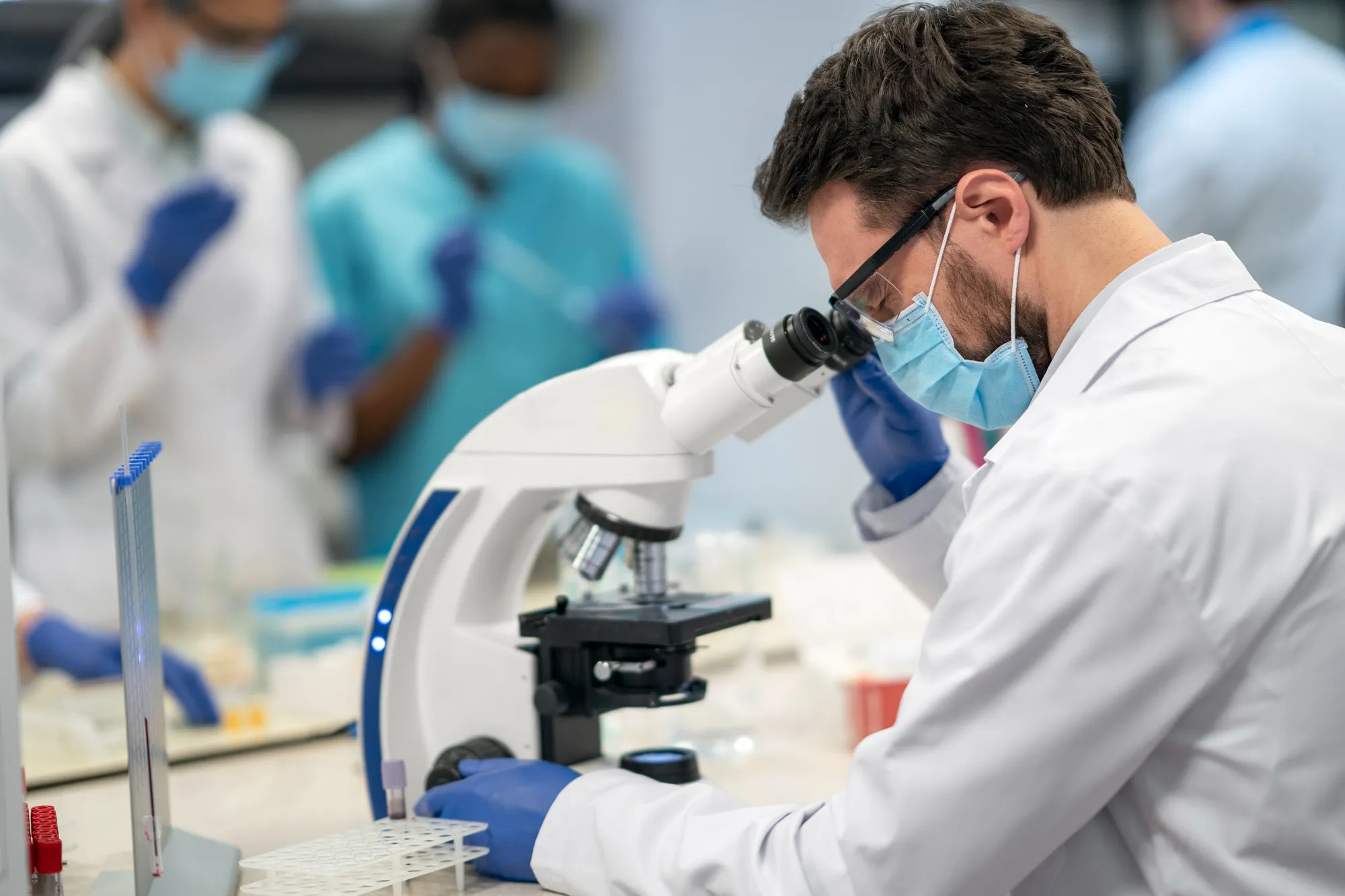The future of clinical diagnostics rests heavily on the shoulders of technology and innovation, particularly in the realm of patient-based real-time quality control (PBRTQC). Quality control in clinical laboratories is not just a regulatory requirement; it is an essential aspect of patient care, as it directly impacts the accuracy and reliability of laboratory tests. Recognizing the importance of this, a recent study published in Clinica Chimica Acta has compared five widely used optimization algorithms in order to refine the process of establishing PBRTQC models. This study marks a significant stride in enhancing clinical laboratory procedures by streamlining operational efficiency and could potentially revolutionize patient care by enabling more precise diagnostics.
The research, led by Xincen Duan of the Department of Laboratory Medicine at Zhongshan Hospital, Fudan University, and colleagues, offers a comprehensive review of optimization algorithms aiming to better establish PBRTQC and regression-adjusted real-time quality control (RARTQC) models, focusing on tests for serum alanine aminotransferase and sodium levels. The study, which involved significant computation work and methodical validation, presents critical findings on how these mathematical strategies can bolster the optimization of quality control measures in clinical settings.
The Need for Optimizing Quality Control Models
Quality control in clinical laboratories is a multi-faceted challenge. Ensuring the precision and accuracy of test results requires a delicate balance of hardware calibration, reagent quality assurance, and methodological fine-tuning. PBRTQC models have emerged as a dynamic solution to these challenges, allowing for continuous monitoring and adjustment based on real-time patient data. However, establishing optimal PBRTQC models can be computationally intensive and time-consuming, necessitating a closer look at the algorithms that perform this optimization.
Comparison of Optimization Algorithms
The study investigated five optimization algorithms: the traditional grid search (GS), simulated annealing (SA), genetic algorithms (GA), differential evolution (DE), and particle swarm optimization (PSO). Each algorithm was evaluated for its efficiency – defined as the computation time – and for its performance in model optimization.
Key Findings
The striking find was that while GS, GA, DE, and PSO yielded similar model performances, GA and DE noticeably required less computation time compared to GS. This is an essential consideration for clinical laboratories that often operate under time constraints and with limited computing resources. Reducing computation time without compromising the quality of PBRTQC models allows for more rapid implementation and potentially more frequent updates to quality control parameters, thereby ensuring test results are consistently reliable.
Moreover, the study indicated an inherent tradeoff between the likelihood of finding the optimal solution and the necessary computation time. This tradeoff highlights a crucial balance that must be struck in a resource-limited clinical laboratory environment.
Implications for Clinical Laboratory Practice
The outcomes of this research have far-reaching implications for the world of clinical chemistry and diagnostics. Incorporating more efficient optimization methods when establishing PBRTQC or RARTQC models not only conserves time and computing power but can also enable the development of more complex models and enhance the scalability of comprehensive PBRTQC applications.
Furthermore, the application of advanced optimization methods could pave the way for more nuanced and patient-specific diagnostics, reducing the incidence of ambiguities and erroneous results that can lead to mismanagement of patient care. Optimized PBRTQC models can also aid in the early detection of system failures or deviations in testing procedures, thereby increasing the overall reliability and trustworthiness of laboratory data.
DOI and References
The Digital Object Identifier (DOI) for this study is: 10.1016/j.cca.2024.117774
References
1. Westgard, J. O., Barry, P. L., Hunt, M. R., & Groth, T. (1990). A multi-rule Shewhart chart for quality control in clinical chemistry. Clinical Chemistry, 36(3), 493-501.
2. Parvin, C. A. (2008). Assessing the impact of the frequency of quality control testing on the quality of reported patient results. Clinical Chemistry, 54(12), 2049-2054.
3. Steindel, S. J., & Howanitz, P. J. (2001). Physician satisfaction and emergency department laboratory test turnaround time. Archives of Pathology & Laboratory Medicine, 125(7), 863-871.
4. Hawkins, D. M. (2003). Identification of outliers (Vol. 11). Springer Science & Business Media.
5. Krouwer, J. S. (2002). Why Bother with Statistics in Clinical Chemistry? Clinica Chimica Acta, 319(1-2), 63-71.
Keywords
1. Clinical Laboratory Quality Control
2. PBRTQC Optimization
3. Diagnostic Algorithm Efficiency
4. Laboratory Test Reliability
5. Real-time Clinical Data Analysis
Copyright © 2024 Elsevier B.V. All rights reserved. The research presented in this article can serve as a reference to clinical laboratories worldwide, aiming to innovate and progress towards more advanced and efficient quality control systems that align with the digital transformation of healthcare services. With the adoption of robust algorithms like GA and DE, clinical laboratories can enhance their operation, patient care, and overall impact on the healthcare industry.
